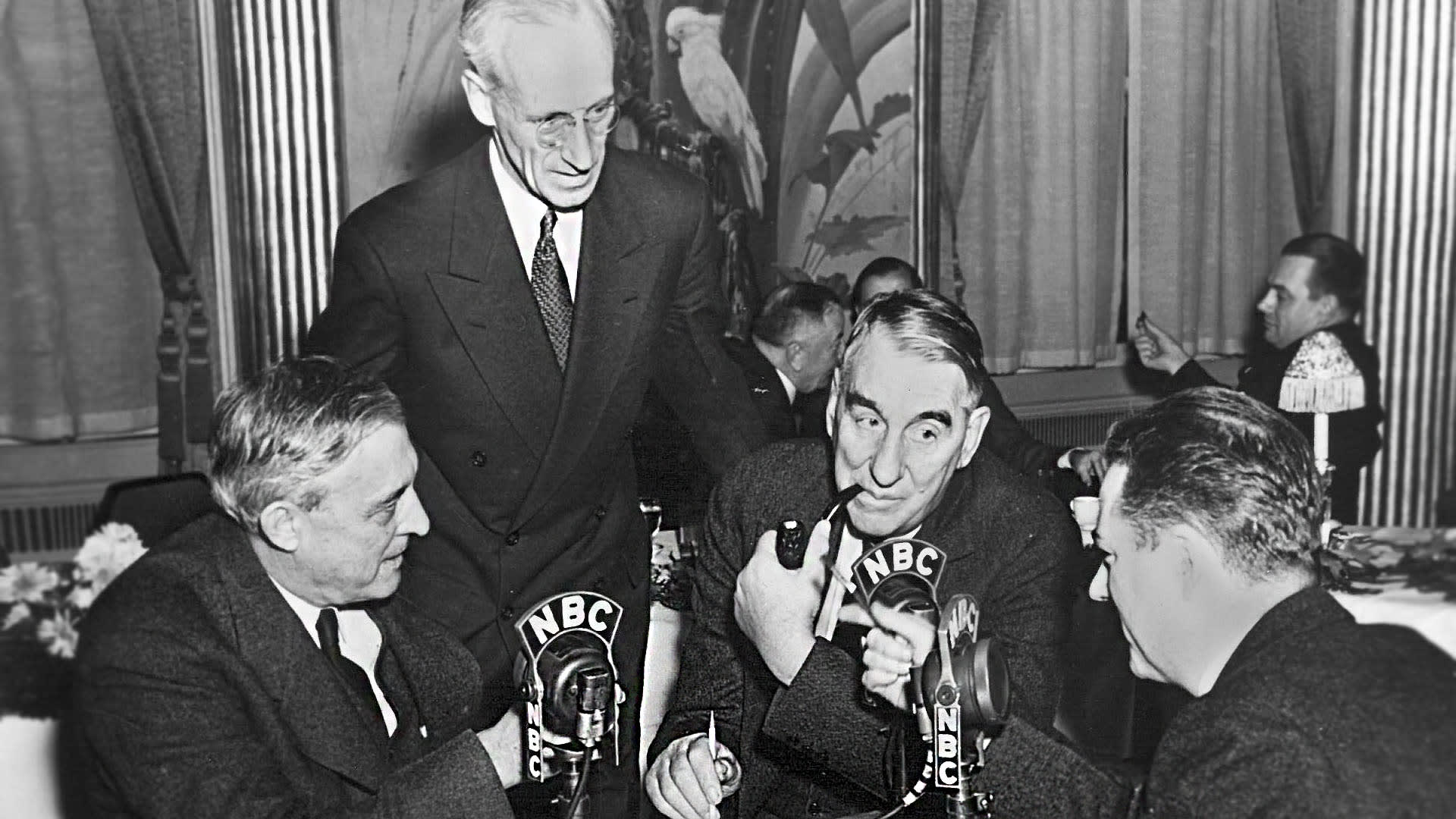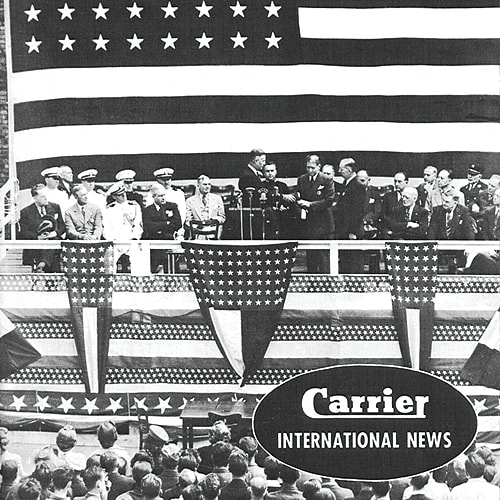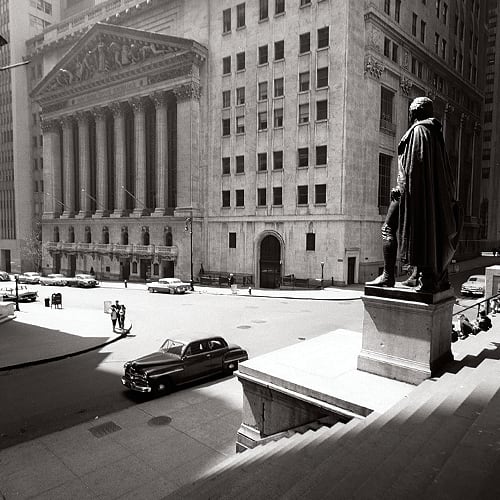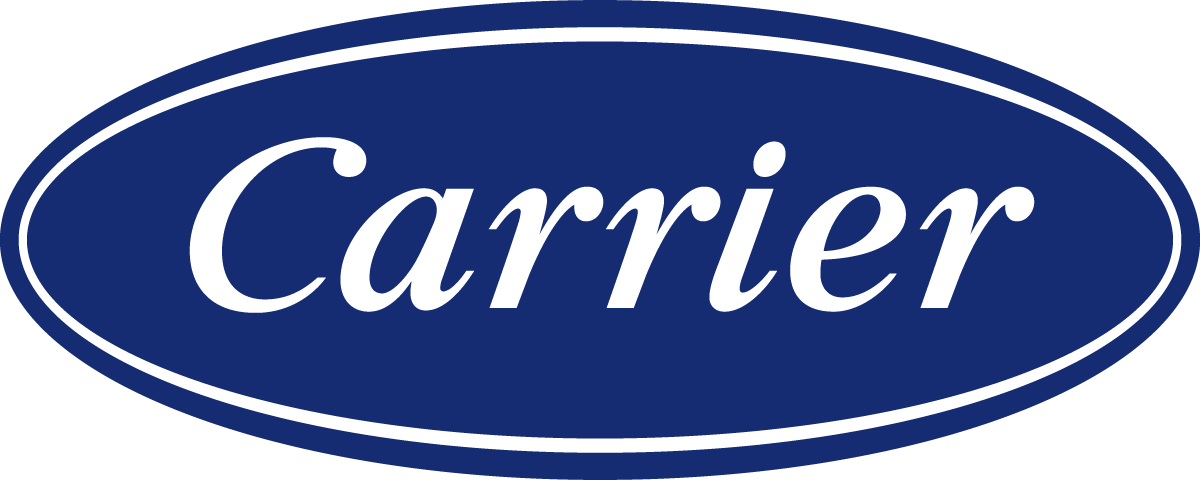While the people of Carrier adjusted with the rest of the world to wartime hardships, they also felt the personal loss of President J. Irvine Lyle, who died on June 7, 1942. Lyle was remembered as a great industry pioneer, and as the man who, 40 years before, had a chance meeting on a streetcar with young Willis Carrier that began a long and fruitful partnership. Carrier would remember Lyle simply as “my partner and my best friend.”
Cloud Wampler was named president on June 25, 1942. Meanwhile, when many 66-year-olds might be pondering retirement, Willis Carrier grew energized by the urgent needs of World War II.







